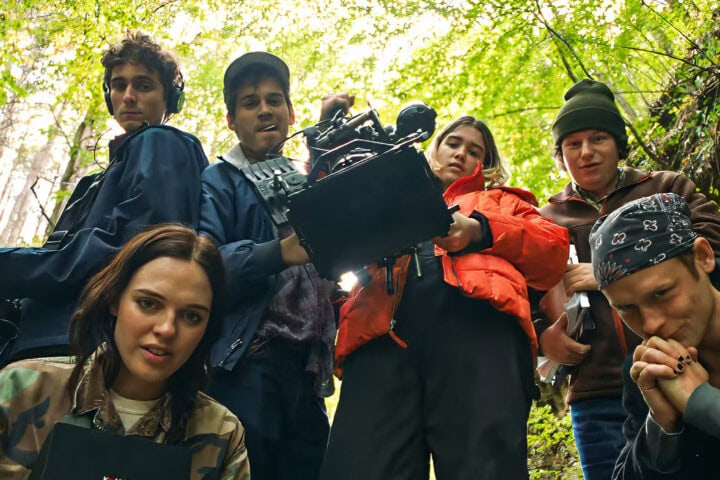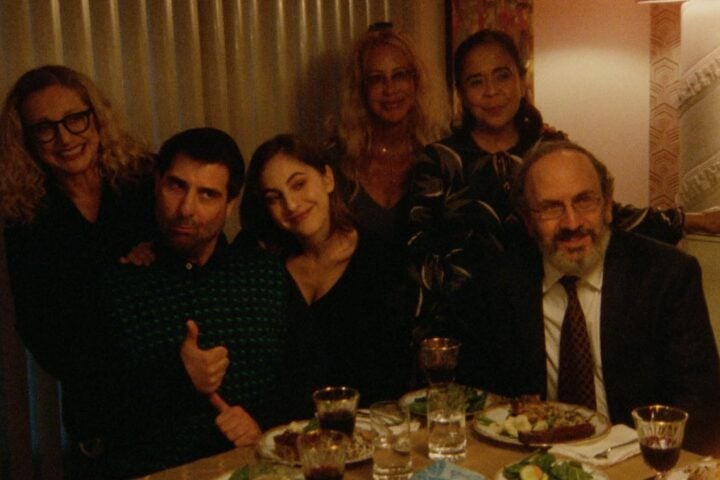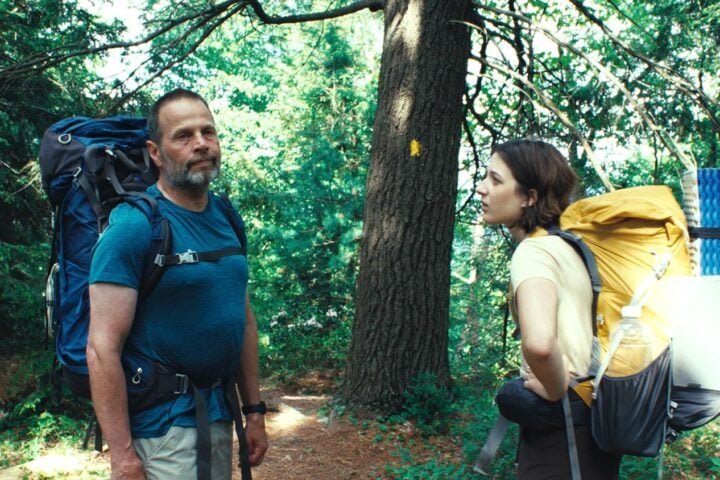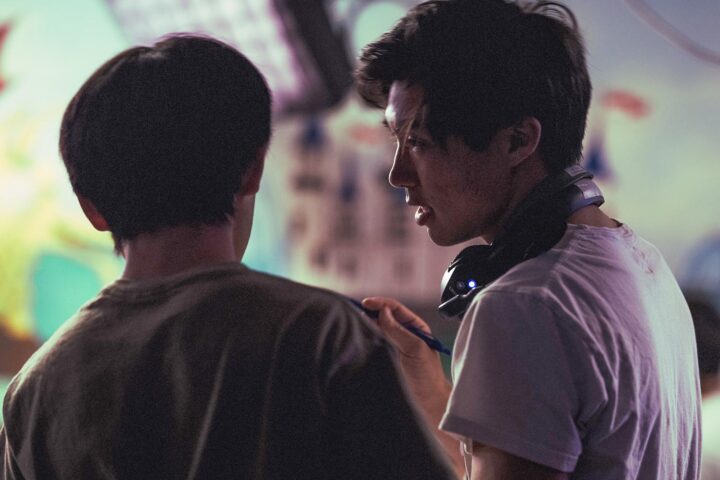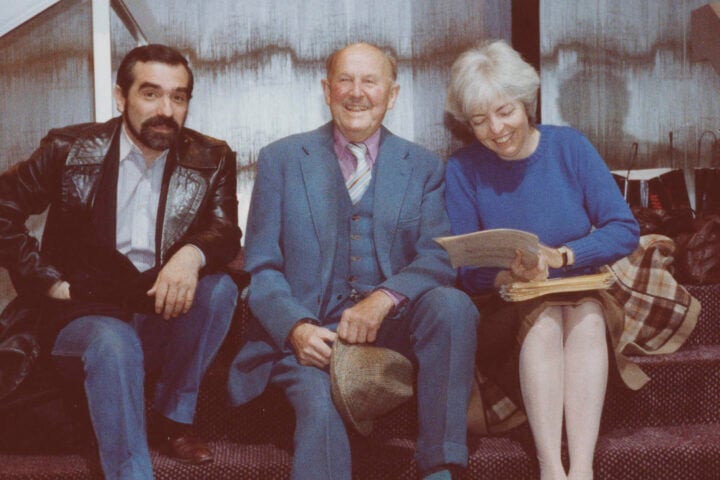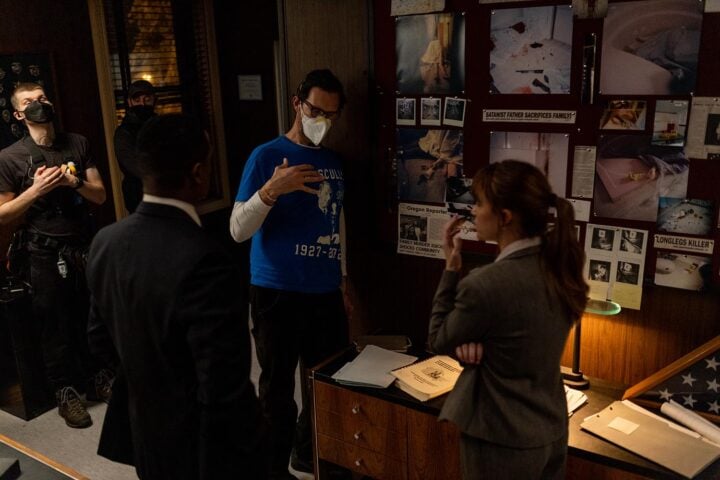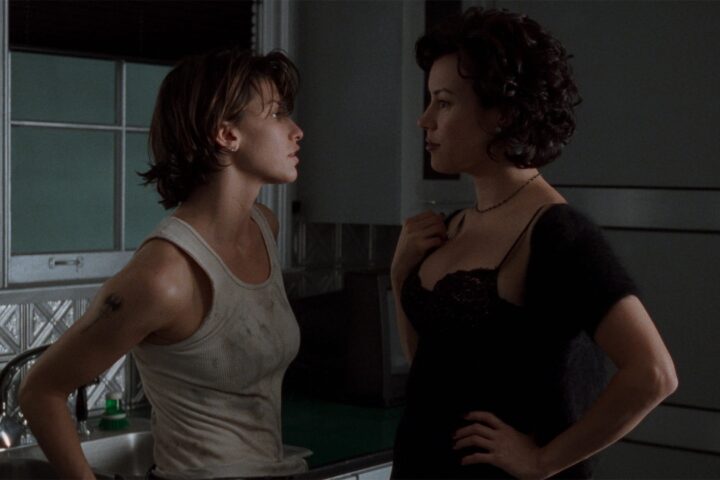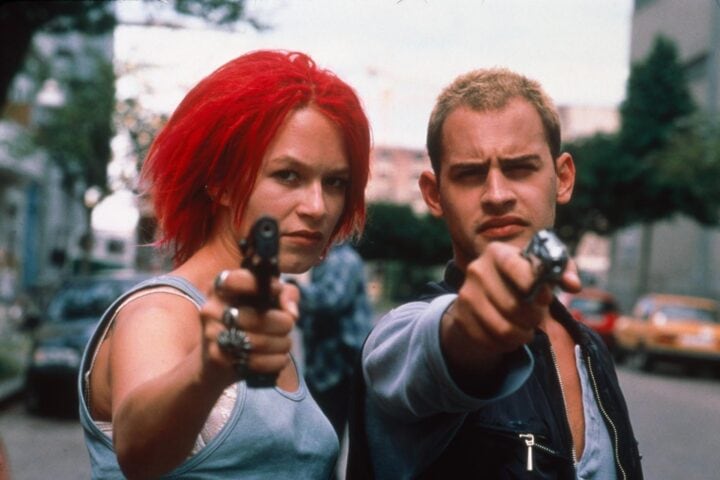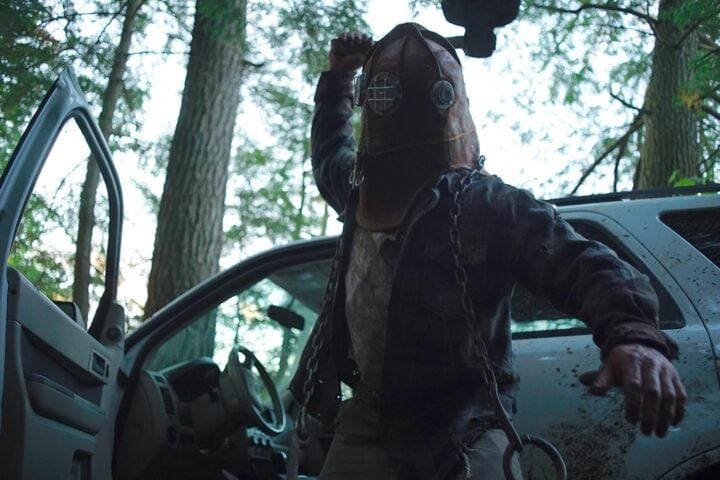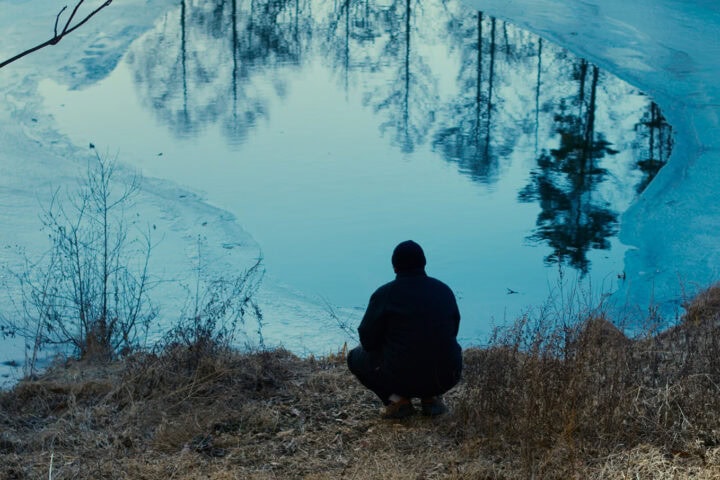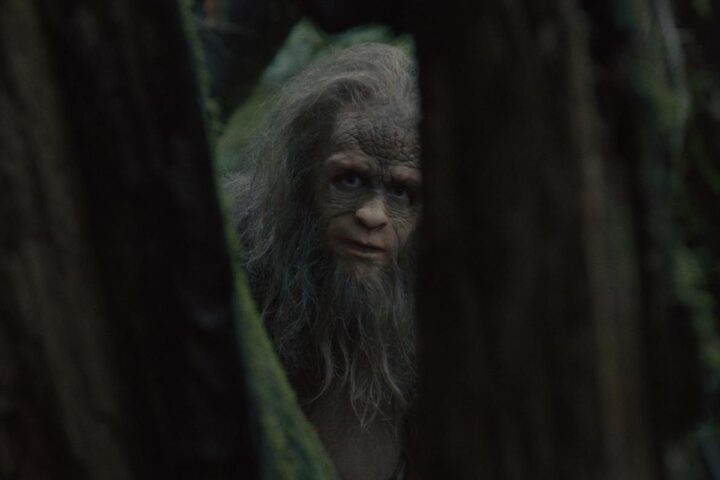Anger and Young discuss their symbiotic partnership on the set of the meta film.
The act of questioning moves the film beyond mere interrogation of the veracity of mediums.
Silver and his two stars discuss their endlessly rewarding collaborative process.
Donaldson discusses her choice to let her main character sit in silence for so long.
Wang discusses what the Sundance Directors’ Lab taught him about the film’s toughest scene.
The pair discuss Michael Powell and Emeric Pressburger’s desire to make films for the world.
Perkins and Monroe discuss working with Nicolas Cage, the film’s influences, and more.
This is a sturdily constructed horror film with a foundation sneakily built on shifting sands.
Franz and Fiala discuss how their main character’s struggles relate to the present world.
Breillat discusses image-making and intimacy, scandal and subversion, denial and desire.
Drucker discusses how she handled Breillat’s precise and often “tyrannical” directing style.
Gershon discusses what makes the film such an enduring and endearing queer cinema classic.
Ghostlight isn’t shy about spotlighting parallels and resonances between life and art.
Potente and Tykwer discuss why the film is like a playground for audiences.
Nash discusses where he drew inspiration for cross-pollinating styles for his debut feature.
Interview: Richard Linklater on ‘Hit Man,’ Playing with Identities, Working with Glen Powell, & More
Linklater discusses whether people’s identities can change with enough will power.
The brothers discuss the film’s roots, giving the actors secrets at the start of each day, and more.
Hamaguchi discusses the evolution of his approach to dialogue and camera movement.
The filmmaker brothers discuss how Bigfoot straddles the human and the animal world.
Loach discusses the connection between form and content throughout his body of work.

